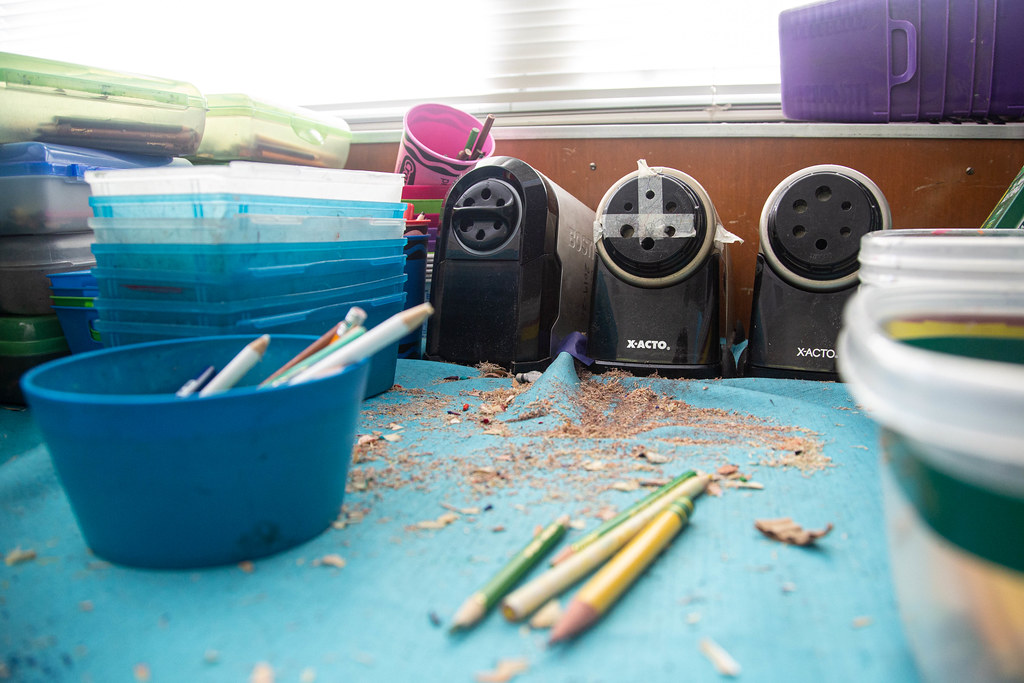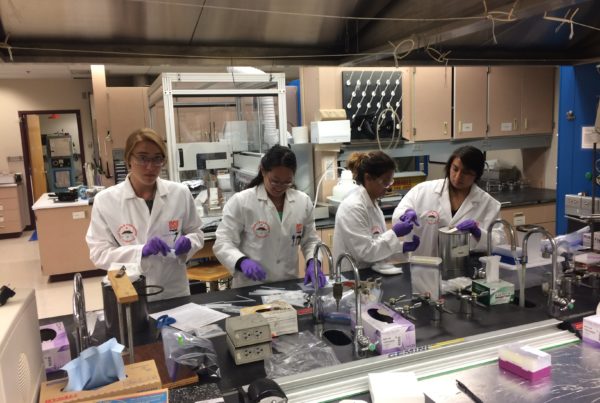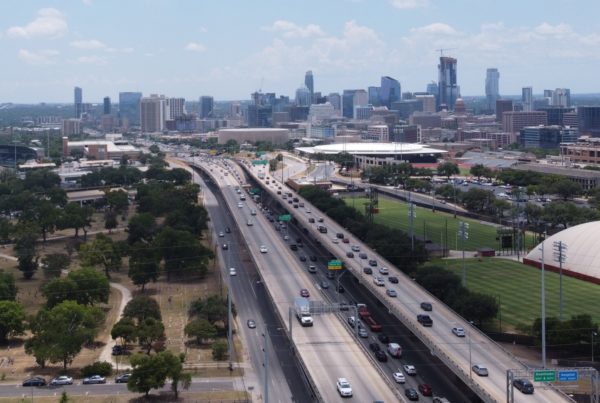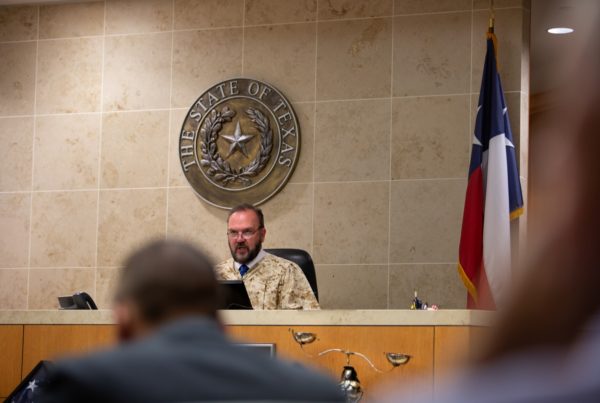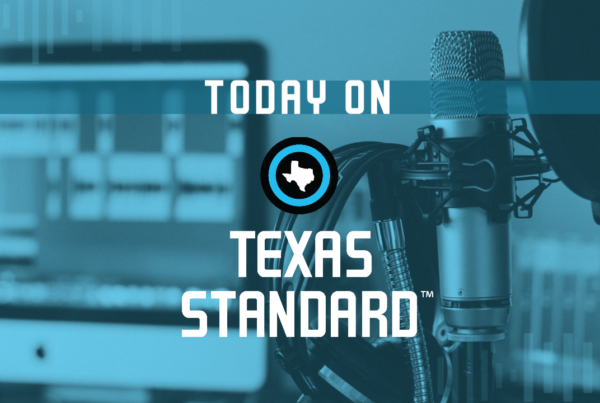Less than a third of the $18 billion in federal pandemic aid allocated for Texas public schools has been used by districts across the state. The Texas Education Agency says it’s the largest influx of money Texas schools have seen.
But as Texas public schools face supply chain delays, staffing shortages and hiring troubles, they’re struggling to find ways to spend all of it, according to The Dallas Morning News.
Emily Donaldson, a reporter for the Morning News’ Education Lab, joined Texas Standard to share more about how districts have been utilizing the money so far and how much time is left to use it.
This transcript has been edited lightly for clarity:
Texas Standard: Tell us more about some of the reasons that these schools have not been able to spend a lot of this money.
Emily Donaldson: Sure. So just like in other industries, Texas schools are facing supply chain delays, staffing shortages, trouble hiring. You know, if the way that they were going to use their federal funds was to hire a ton of tutors that were going to help catch kids up, there’s only a limited supply of tutors. And so if that was their plan, then they can’t really spend that money in that same way, and they’ve got to rework what they were going to do.
What have some districts been spending their money on?
The money is pretty flexible, so in a large variety of ways. Essentially, they can spend the money on anything that kind of relates to the pandemic. But the only requirement is to spend about 20% on learning loss – oo kind of helping catch kids up. And so they’ve spent it on everything from, you know, hiring additional teachers or staff members to bumping up teacher pay and adding technology. You know, even like facility support, like cleaning or buying PPE for students.
What about the money that’s still left on the table? How much is unspent?
The money came in three different packages; in the first one, schools didn’t see a lot. Of the two biggest pots of money, 71% remains unspent.
And this at a time when a lot of schools say they just don’t have the money to hire teachers and they’re really fearful about the fall. Can this money be used for those needs?
Yeah, absolutely. I want to be clear, too: They have two more years to spend all of the money that they’ve been given, so there’s still plenty of time. And you want to kind of measure it out so you’re not spending it all at once [and] then you don’t have it later on down the line when the needs are still there. But, you know, I’ve talked to some education experts who say that schools do need to kind of pick up the pace a little bit because there’s tremendous needs now. And as much as they can, they need to be providing the resources now.
But there’s a flip side to this, too. You mentioned they have two years to spend the money; when that time is up, what happens to the pay that you have promised teachers? Will there be money there to backfill – to cover their salaries, for example?
There’s certainly a concern that there’s going to be a “fiscal cliff” – kind of the term people have been using – that once the money is gone, you know, how do you sustain that? And so that’s something districts are having to grapple with: Do they go into their fund balance? Do they look for alternative sources of funding to make sure that all of the investments they’ve made don’t just go away?
What are some solutions districts are looking at at this juncture?
I think districts know the urgency that they have to spend. They’re, of course, familiar with their students’ needs. And so I think what they’re doing is really tracking down the best investments that they can make. So education experts have told me that they really need to be in touch with how their investments are doing, whatever that data looks like.
So whether that’s making improvements on a campus to try to encourage kids to come back, they need to be tracking attendance data. If they’re looking at investing in tutors to make sure kids have extra time of instruction, then they need to be looking at the results and the growth and learning. But they’ve got to be following up on what’s actually working and then probably investing more in those things.
Do you get a sense that schools have been actually reluctant to tap into these funds, or is there some kind of bureaucratic explanation for why these funds have not been actually flowing to the schools themselves? What’s your take?
You know, I don’t get a sense that they’re reluctant to use. I mean, districts across the state are all publicizing their plans, meeting with their community. I think there’s just a lot of logistical hurdles to actually making sure that all of this money is spent because it’s such a huge infusion of cash.
It also takes time to spend all the money. So if you hire a tutor, the entire investment of their salary, for instance, is not going to be paid out the first month that you hire them. It’s going to take the full year for that full investment to actually be spent. So we’re seeing kind of this lag in spending right now. And the big concern, I think overall, is just making sure that nobody’s rushing at the very end to spend it and then spending it unwisely.


